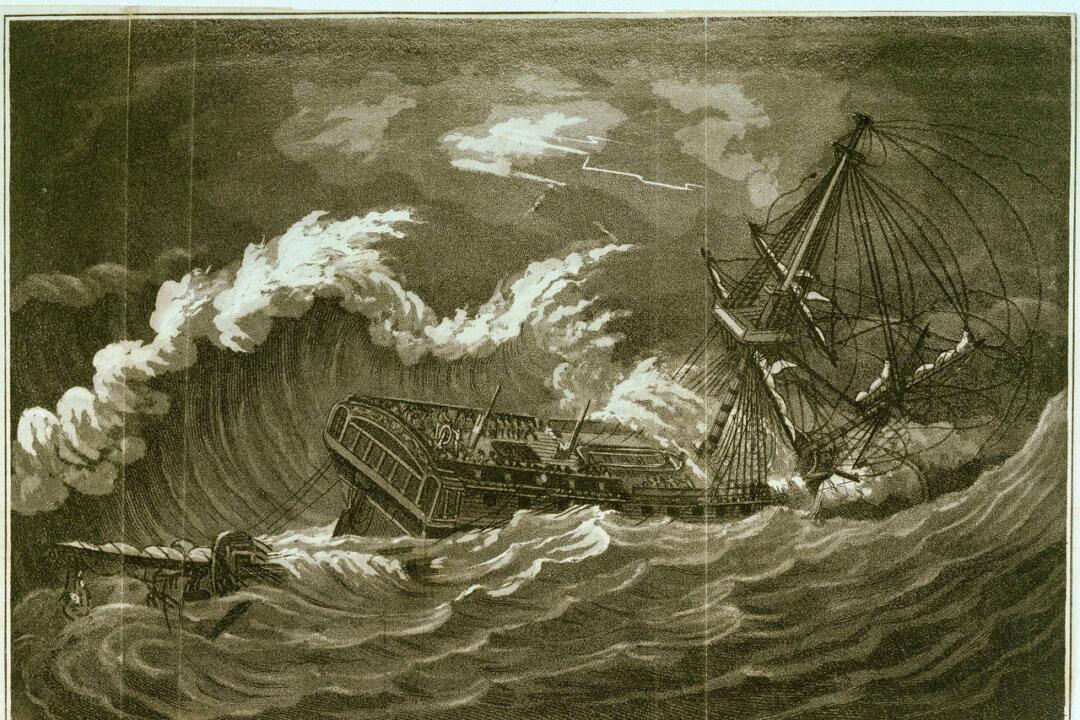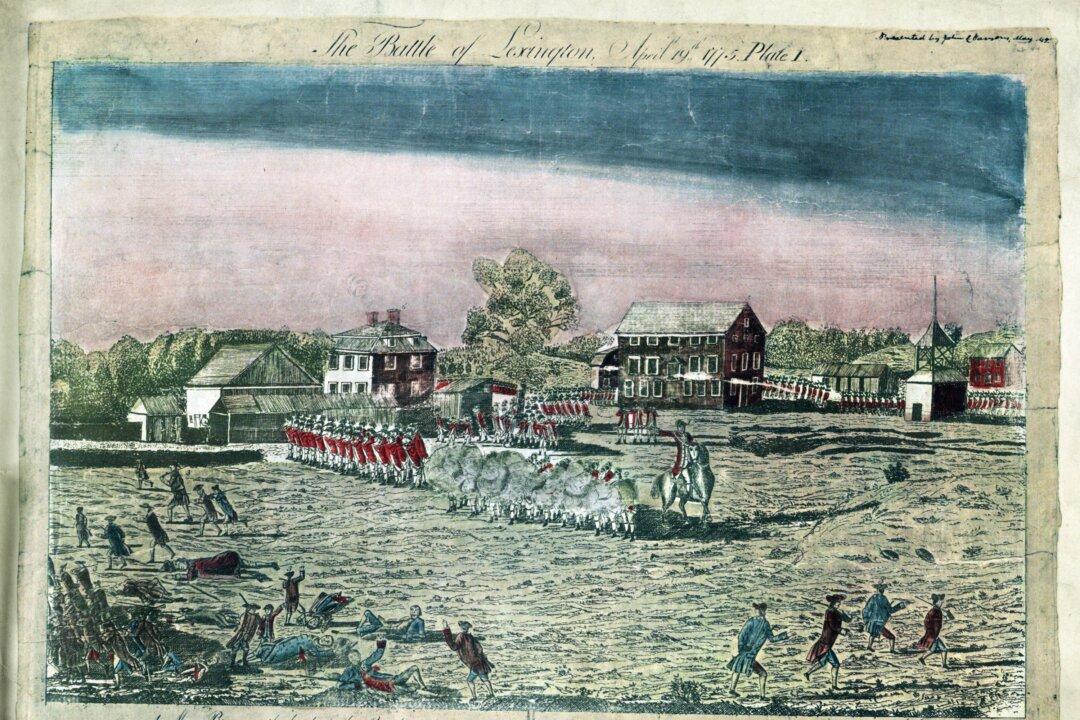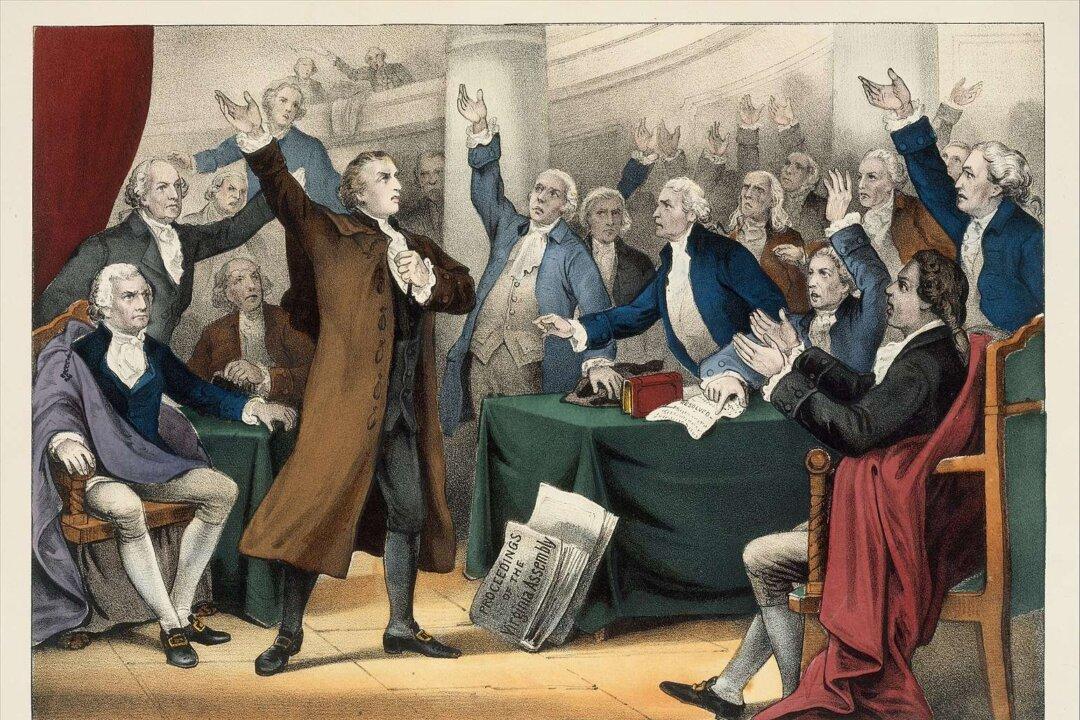Think of HMS Phoenix as a miniature Federal Reserve on the sea.
Commentary
Ships of Britain’s massive Royal Navy, the largest in the world, inflicted great damage on American ports, property, and vessels during the years of the Revolution (1775–1783). Perhaps none of those ships wreaked more havoc than HMS Phoenix, and it accomplished its devious work not with a cannon but with a printing press.
The bodies from the battle on Boston’s Bunker Hill were buried just days earlier when the Second Continental Congress authorized the printing of paper money (see “
The Times That Tried Men’s Economic Souls”). What began with a modest batch of 6 million in continental dollars turned into a blizzard of several hundred million by the war’s end, yielding a steady depreciation and giving rise to the famous phrase “not worth a continental.” With nothing to back the money but murky promises to redeem it in precious metal at a future date, Congress didn’t need any help to make it worthless, but the British were happy to assist, nonetheless.
“Efforts in war or peacetime to undermine the economies, societies, and governments of adversaries by falsifying their money,” wrote John Cooley in his 2008 book “Currency Wars,” “have proliferated since ancient times.” In the 1770s, the British adopted the ruination of the enemy’s money as a potent instrument of war.
HMS Phoenix was a frigate, a fifth-rate vessel and among the smallest in London’s fleet. Built in 1759, she carried a mere 44 guns. As part of a flotilla, she bombarded New York City in mid-July 1776 before anchoring off Staten Island.
By January 1776, Phoenix had begun counterfeiting continental dollars (mostly 30-dollar bills) and smuggling them onshore to help accelerate the devaluing of the new paper money. Think of it as a miniature Federal Reserve on the sea.
Benjamin Franklin later wrote of the British plan for the American paper currency: “They resolved to deprive us of its use by depreciating it; and the most effectual means they could contrive was to counterfeit it. The artists they employed performed so well, that immense quantities of these counterfeits, which issued from the British government in New York, were circulated among the inhabitants of all the States, before the fraud was detected. This operated considerably in depreciating the whole mass, first, by the vast additional quantity, and next by the uncertainty in distinguishing the true from the false; and the depreciation was a loss to all and the ruin of many.”
“During the American Revolution the method devised by the British was a powerful three-pronged attack. It consisted of (1) the preparation and distribution of actual counterfeits of the American paper money; (2) the encouragement of ‘Tories’ and cheats to counterfeit and pass counterfeits independently; and (3) the issuance of propaganda as to the excellent quality and enormous quantity of counterfeits in circulation. The degree of effectiveness of these activities cannot be measured other than by recognizing that American paper money depreciated most when British counterfeiting activity was at its height.”
For a year and a half, Phoenix belched out huge quantities of paper money. American forces frequently captured individuals involved in distributing the British counterfeits, especially in the New York area. The British conducted similar inflationary activities from printing presses on land as well, and they counterfeited both continental dollars and local paper money issued by states.
“The speed with which prices rose and paper money became unacceptable,” Newman writes, “was materially stimulated by British counterfeiting activity.”
HMS Phoenix departed New York in mid-1777, then sunk or captured a few French and American ships along the Atlantic seaboard before heading to the Caribbean. In October 1780, she sank in a hurricane that disabled the British fleet in the West Indies—although most of the men on board were rescued.
We’ll never know for sure, but it seems quite plausible that the greatest harm the Phoenix inflicted on America was accomplished with paper, not gunpowder.
Views expressed in this article are opinions of the author and do not necessarily reflect the views of The Epoch Times.







